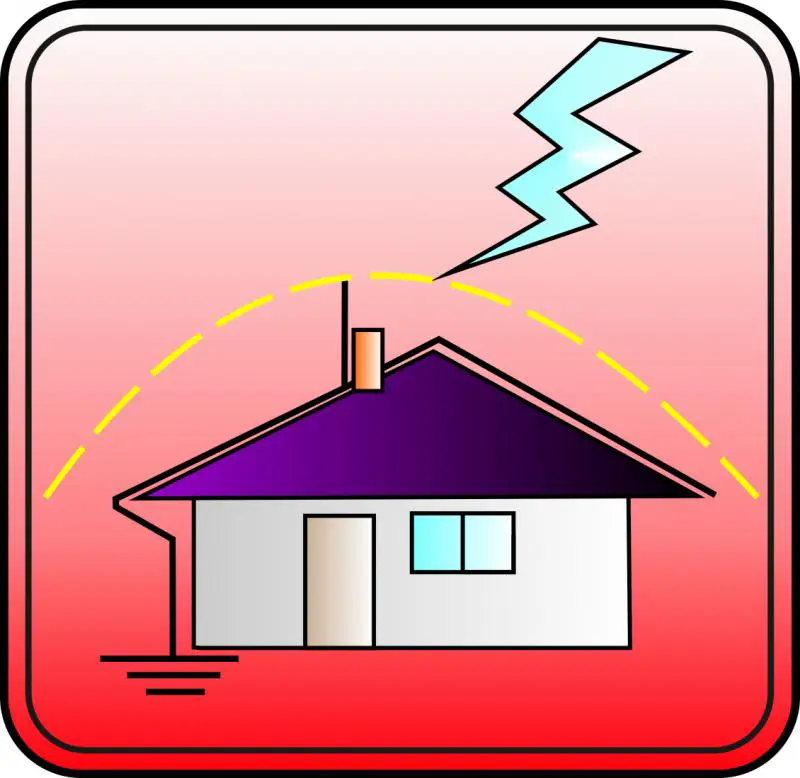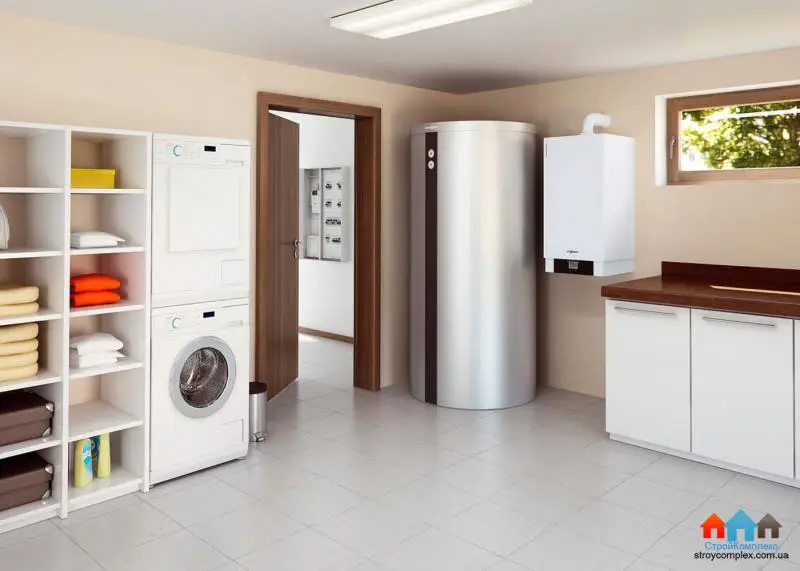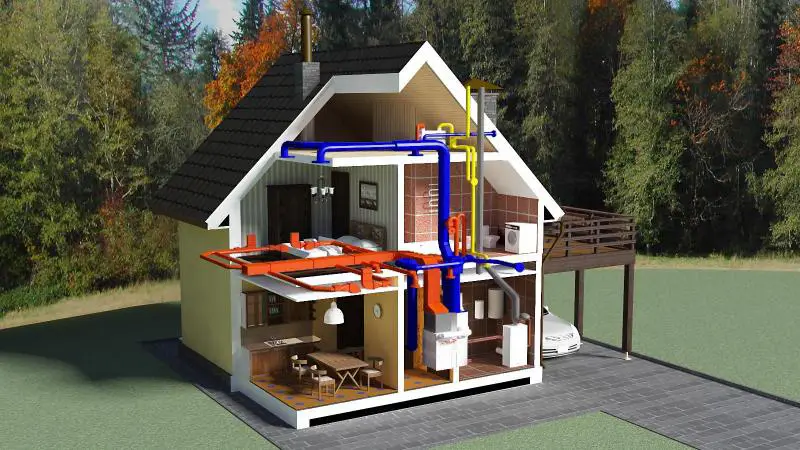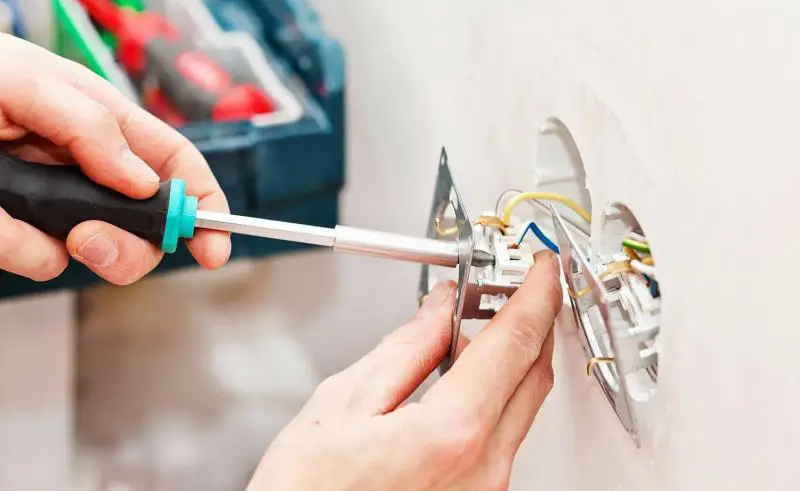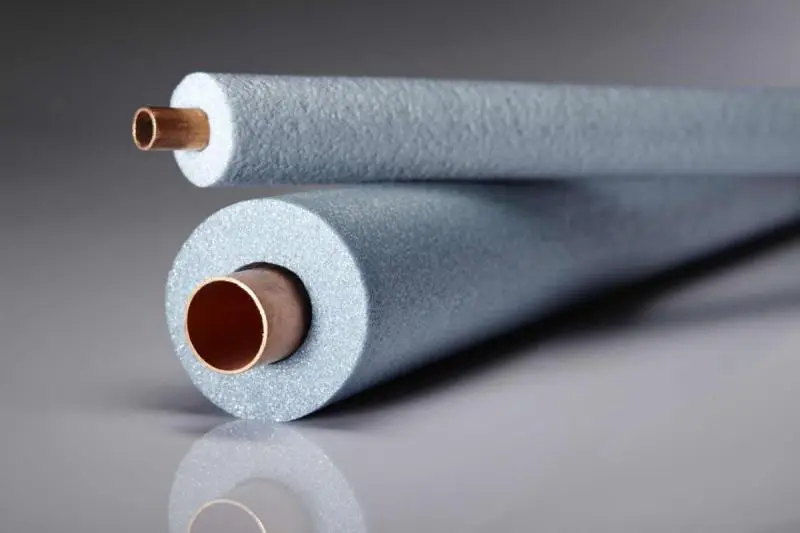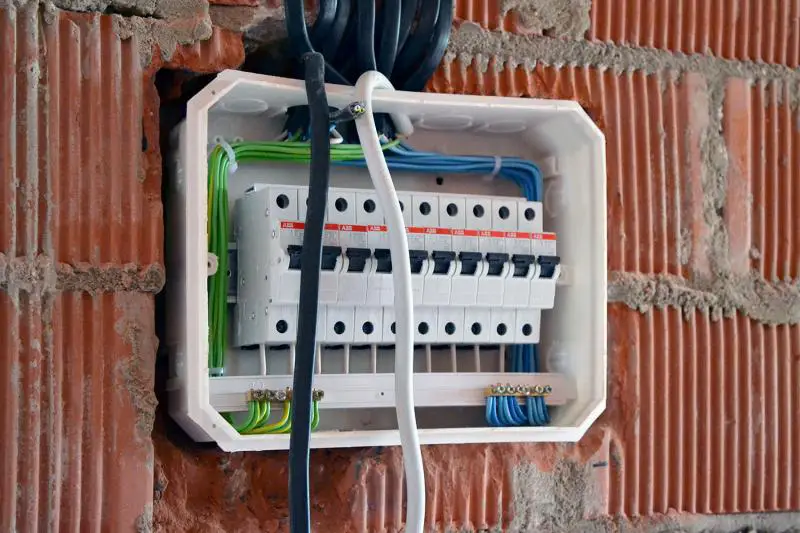There can be your advertisement
300x150
Snow Retainers for Roofs
During winter, large amounts of snow accumulate on residential roofs. This issue is especially critical in northern regions with heavy snowfall and late spring thaw. Even a fall from a modest height (e.g., eaves of a single-story home at 4–4.5 meters) can result in severe damage from a centner of snow.
Encountering such an unexpected surprise can have extremely dangerous consequences.
To prevent such emergencies on all types of sloped roofs, snow retainers of various shapes and configurations have been developed and widely adopted. Let’s explore the key parameters and features of traditional snow retainers based on tubular designs.

Key Requirements and Features of Snow Retainers
- Should match the roof color. Most snow retainers are selected to match the existing roof color. The metal can be painted in any RAL color.
- Mounting brackets are available in three versions: for standing seam roofs, bituminous shingles, and metal roofing. Installation methods differ for each type.
- All reinforced brackets include stiffening ribs and must withstand moderate overloads.
- Besides main brackets, additional ones are usually included in the package. They differ slightly in cross-section and allow secure fastening of shorter sections. Standard length is 3 meters. When installing on non-integer lengths, the use of additional brackets becomes critical to maintain proper spacing.
- Best if brackets are made from galvanized steel. Many cheaper options use painted steel. Paint tends to chip and peel, leading to corrosion.
- Minimum metal thickness for brackets: not less than 2 mm. Chinese products often have thickness between 1.2 and 1.5 mm — too thin and unsafe.
- Seals must be made from frost-resistant rubber, at least 2 mm thick. Rubber must not harden at low temperatures.
- For tubular snow retainers, pipe diameter must be no less than 32 mm. Some unscrupulous manufacturers use 24 mm pipes — clearly insufficient for holding heavy snow loads.
- Pipes fit snugly into bracket holes. This prevents accidental falling during roof use, unlike cases where hole diameter doesn’t match pipe size.
- Brackets include additional clamps to prevent pipe shifting in any direction.
Choosing the Right Placement for Snow Retainers
With a standard roof slope of 35 degrees, the danger zone from falling snow spans 0.6–1.4 meters. Therefore, snow retainers must be installed along pedestrian walkways, parking areas, near decorative plants, or near any valuable property.
Optimal distance from eaves to snow retainer installation: 50–80 cm. Never install on eaves not supported by rafters, due to risk of structural collapse under snow load.
